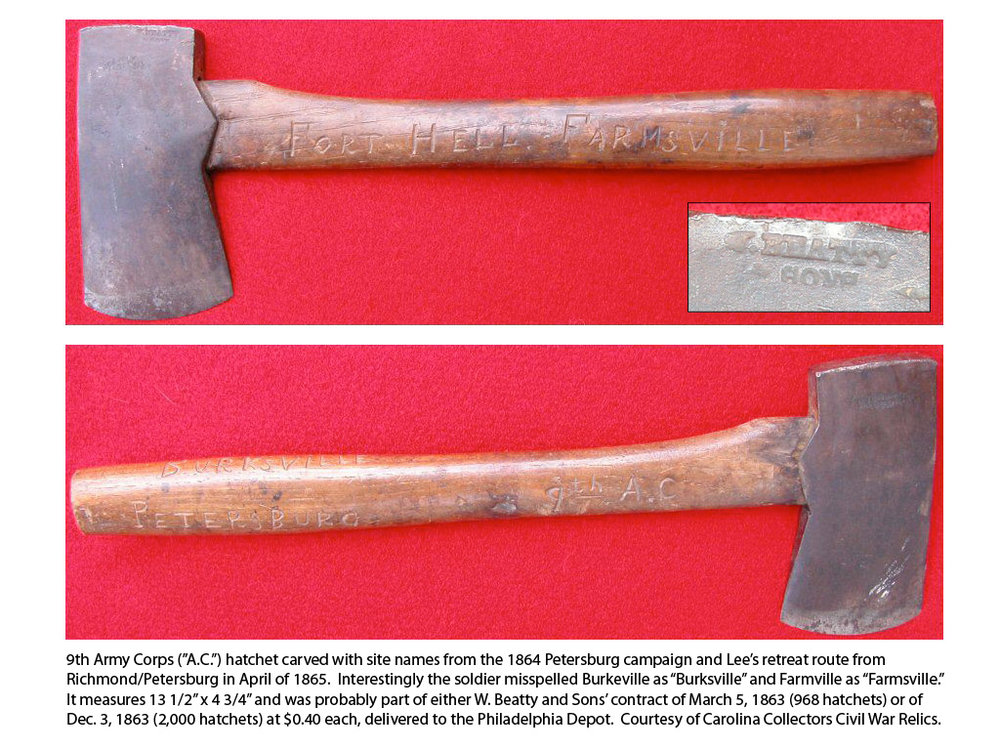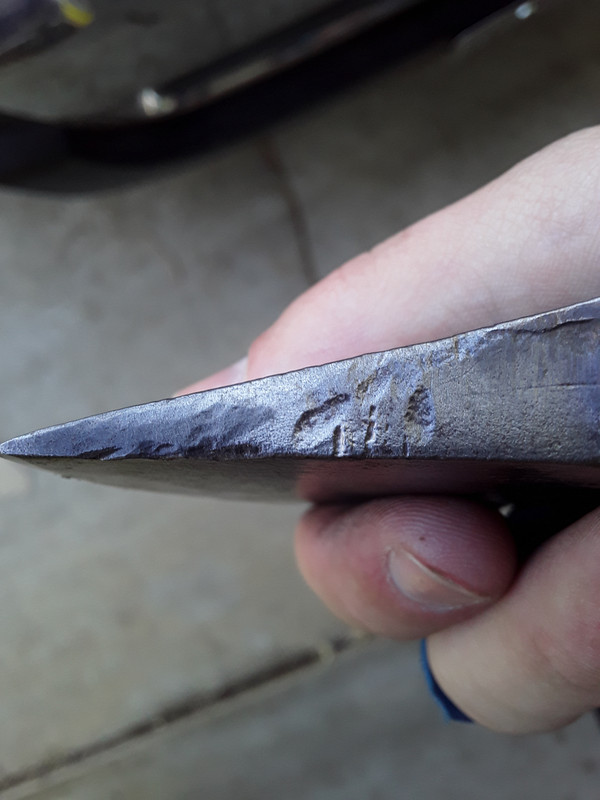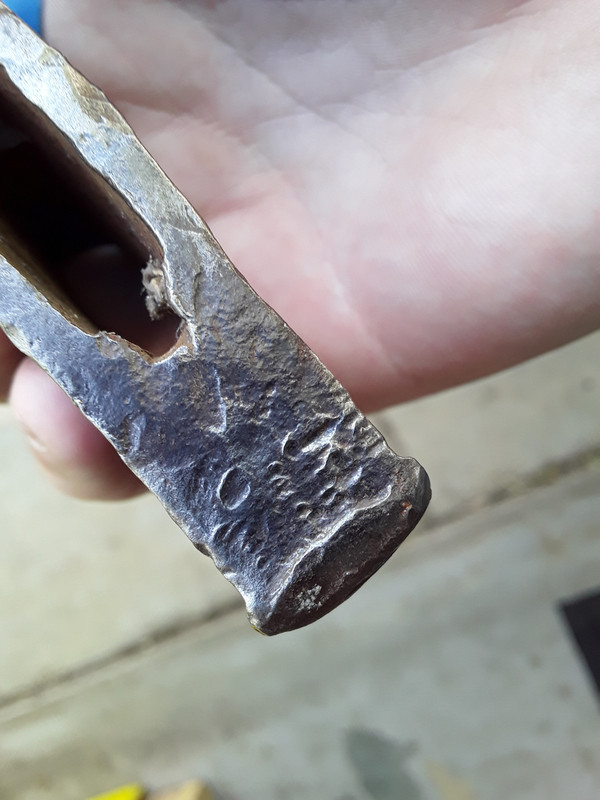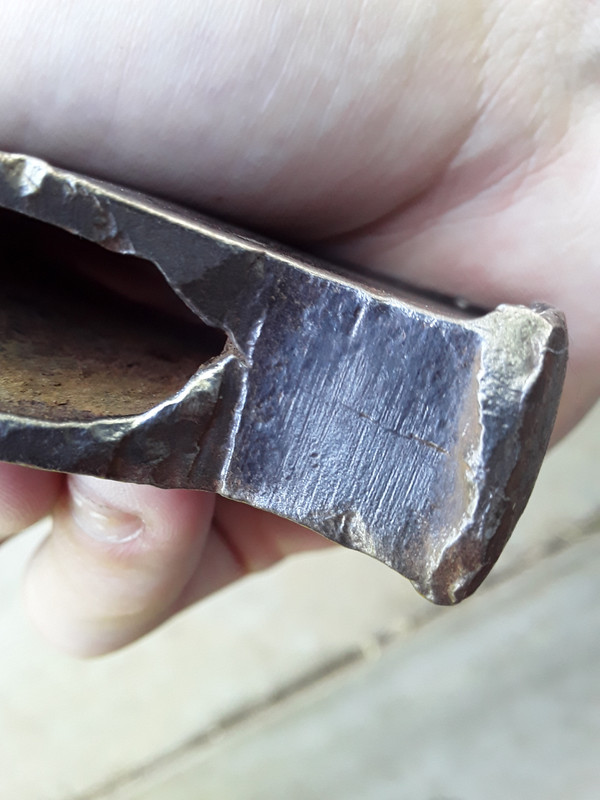Hickory n steel
Gold Member
- Joined
- Feb 11, 2016
- Messages
- 20,582
I just bought this off a forum member who has allowed me to use the pictures they sent me to try and glean whatever I can before it arrives and I proceed to work on it.
I will try to get the best pictures I possibly can when it arrives, but at this time I'm just expecting to hopefully infer it's potential age.
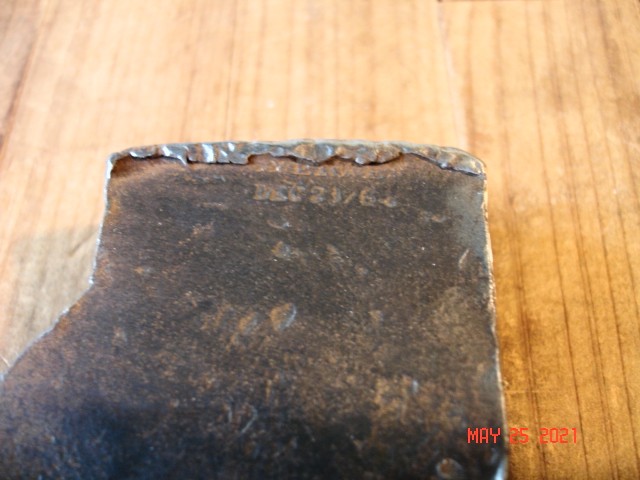
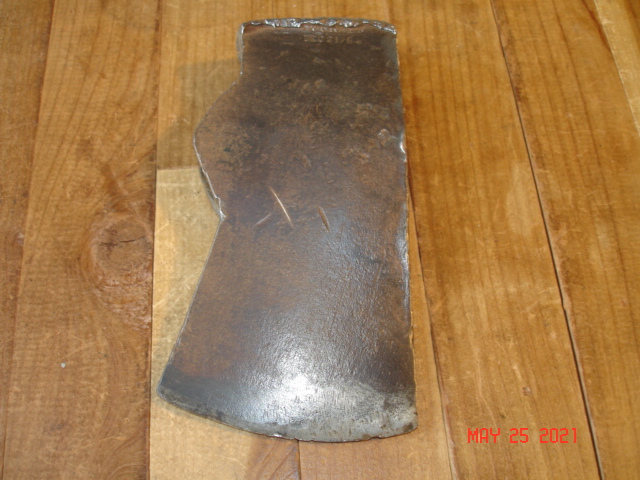
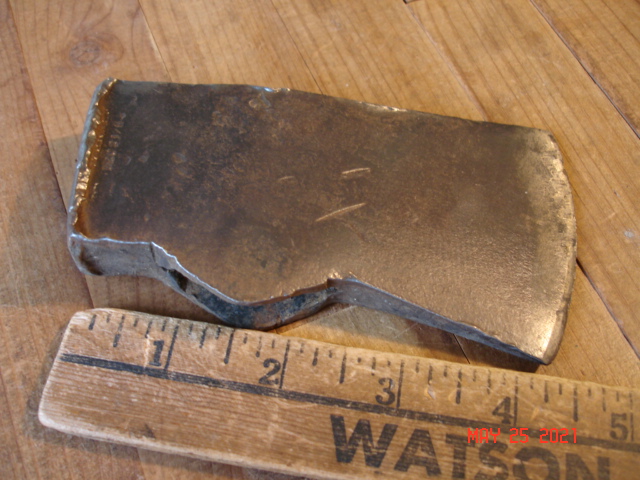
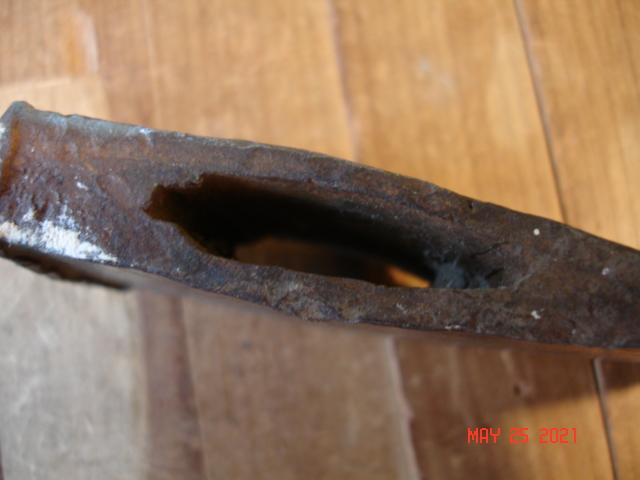
I cannot make out the top line of the stamp and will have to probably peel the mushroomed steel back carefully with a cold chisel, but you can clearly see a date of DEC 23 /62 ( could be 28 ).
Based on it's looks I would say the date could be 1862 and it seems much more likely than 1962, but I am just not that lucky.
I would like it to be so but what I would like and what actually is are usually 2 different things.
I will try to get the best pictures I possibly can when it arrives, but at this time I'm just expecting to hopefully infer it's potential age.




I cannot make out the top line of the stamp and will have to probably peel the mushroomed steel back carefully with a cold chisel, but you can clearly see a date of DEC 23 /62 ( could be 28 ).
Based on it's looks I would say the date could be 1862 and it seems much more likely than 1962, but I am just not that lucky.
I would like it to be so but what I would like and what actually is are usually 2 different things.
Last edited:

